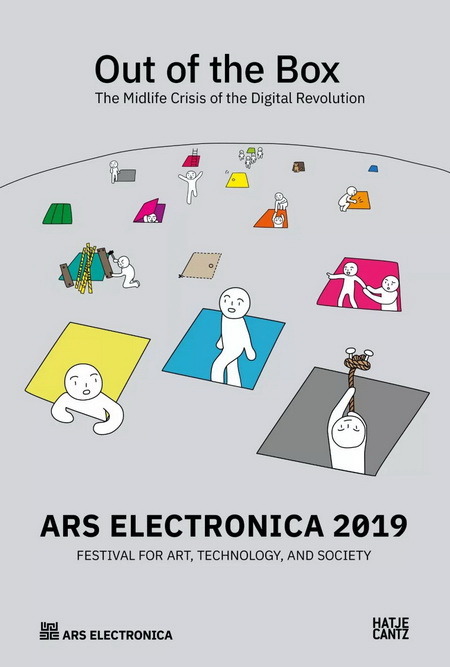未来媒体艺术 热门推荐
- 对话︱何桂彦:AI时代的艺术新边界与观众体验探索
- 浅析中国生物艺术的特征
- 朱青生︱电子游戏打破风景成为未来的生存
- 张海涛︱奇点双刃剑:具身智能简史与人形机器人元年——未来人工智能艺术新浪潮的价值判断要素
- AI艺术品版权起争议,曾以42.25万美元拍卖成交的AI绘画成泡沫?
- 张海涛︱未来世下一站焦点:逃离屏幕的人形机器人艺术——智能软件转向智能机器人的奇点时代
- 文稿︱ 有效加速主义、后人类与AI对齐
- 朱嘉明︱元宇宙与后人类社会
- 张海涛︱奇点双刃剑:具身智能简史与人形机器人元年——未来人工智能艺术新浪潮的价值判断要素
- 许煜︱ChatGPT:机器的末世论
- 论坛︱ 弹性与底线——机器人艺术时代
- 第三届“澜景·未来媒体学院奖”
- 徐冰:中国首颗艺术卫星“SCA-1号”发射成功
- 《无尽之海》程超数字艺术作品展
- 朱青生︱电子游戏打破风景成为未来的生存
- 浅析中国生物艺术的特征
- 对话︱何桂彦:AI时代的艺术新边界与观众体验探索
- 凯文·J.米切尔︱自由意志是一场幻觉吗?
- 张海涛︱智生万物:人工生命艺术演化的生态档案

